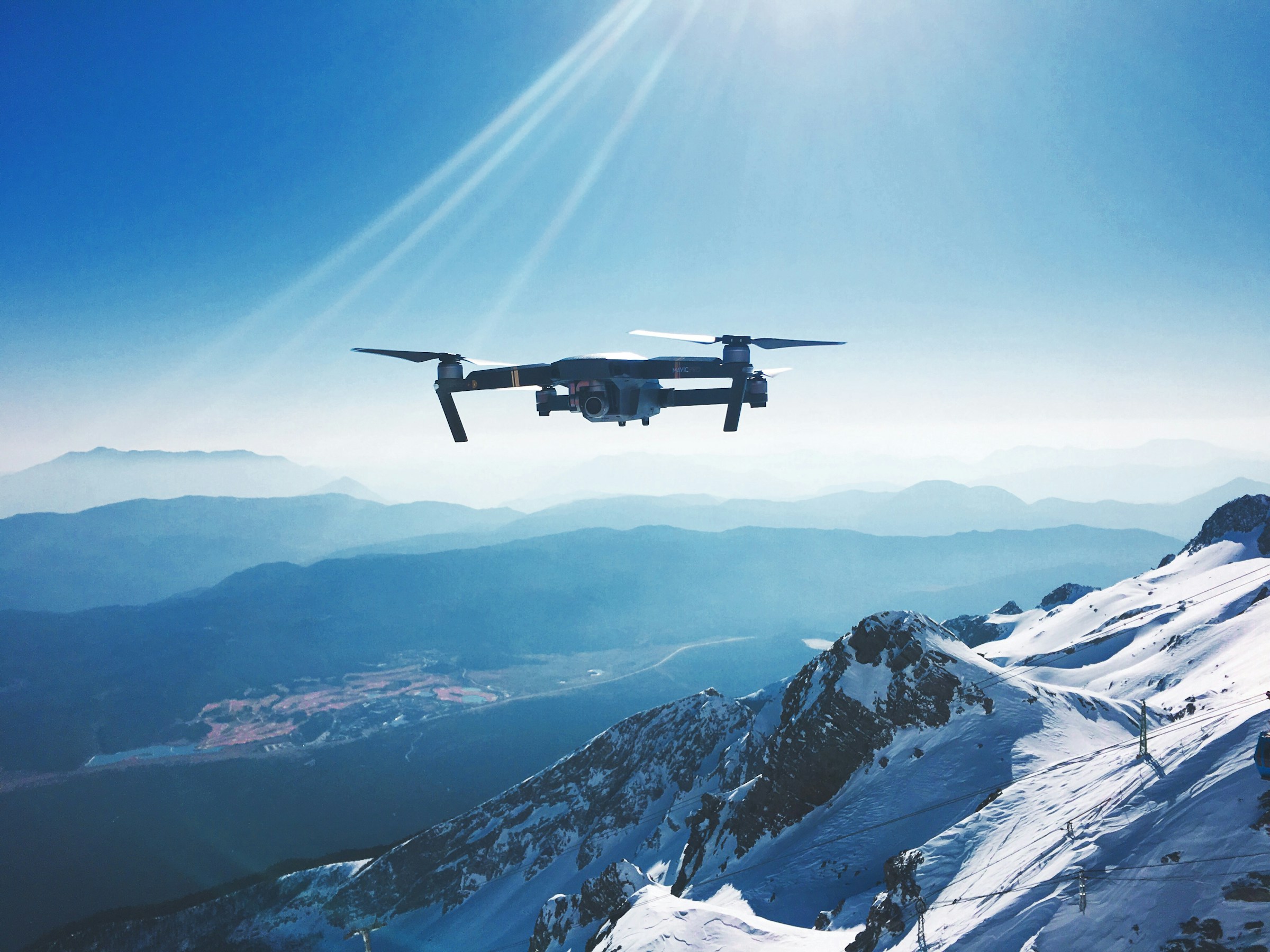Drones have played a critical role in modern warfare, especially in the ongoing Russia-Ukraine conflict. Once considered futuristic military technology, drones are now a defining feature of the battlefield. These unmanned aerial vehicles (UAVs) have changed how wars are fought. They provide enhanced surveillance, deliver precise airstrikes, and offer a cost-effective alternative to traditional aircraft.
One reason drones have gained popularity is their accessibility. Both professional militaries and irregular forces use them, which has further altered modern warfare. As drone capabilities evolve, regulatory bodies like the Federal Aviation Administration (FAA) must consider new security risks. The widespread use of drones in combat, combined with national security concerns and civilian airspace safety, raises important questions. How should drone regulations adapt? This article explores the role of drones in the Russia-Ukraine war, how viral drone footage influences public perception, and what changes we may see in U.S. drone regulations.
The Role of Drones in the Russia-Ukraine War
The war has demonstrated the strategic value of drones in combat. Some key developments include:
- Kamikaze Drones – Loitering munitions like the Iranian-made Shahed drones have been used for precision strikes.
- Commercial Drones in Combat – Readily available quadcopters and FPV drones have been repurposed for tactical operations.
- Electronic Warfare & Anti-Drone Tech – Both sides have developed jamming and counter-drone measures, highlighting vulnerabilities in drone technology.
- Social Media & Global Awareness – The impact of drone warfare is more visible than ever. Countless videos circulate on platforms like Twitter, Telegram, and YouTube. These clips showcase real-time destruction, from devastating military strikes to precise reconnaissance missions. The viral nature of these videos has changed how the world perceives drone warfare. It has also raised concerns about the accessibility of combat drones.
How This Affects U.S. Drone Regulations
The FAA primarily oversees commercial and recreational drone use in the U.S. However, drone warfare may lead to new policies, including:
- Stricter Licensing & Training Requirements – The rise of weaponized drones could prompt the FAA to tighten Part 107 regulations.
- Advanced Tracking & Remote ID Enforcement – Enhanced Remote ID requirements may become mandatory to track drone activity more effectively.
- Increased No-Fly Zones & Airspace Restrictions – The government could expand restricted zones to prevent unauthorized drone operations near sensitive areas.
- Regulations on Dual-Use Drones – Commercial drones with military potential may face export or use restrictions.
The Future of Drone Policy in the U.S.
The FAA and other agencies will likely collaborate to balance innovation with national security. New regulations may introduce more controlled airspace zones, stricter drone manufacturing guidelines, and expanded monitoring measures. Additionally, discussions around artificial intelligence integration in drones could lead to further restrictions and oversight.
Conclusion
Drone warfare is reshaping military strategy. Its effects will likely influence U.S. drone regulations. As security concerns grow, pilots, businesses, and hobbyists should stay informed about potential FAA policy changes. The widespread social media exposure of drone warfare highlights the urgency for regulatory adjustments. How do you think these developments will impact the future of drones?


Leave a Reply